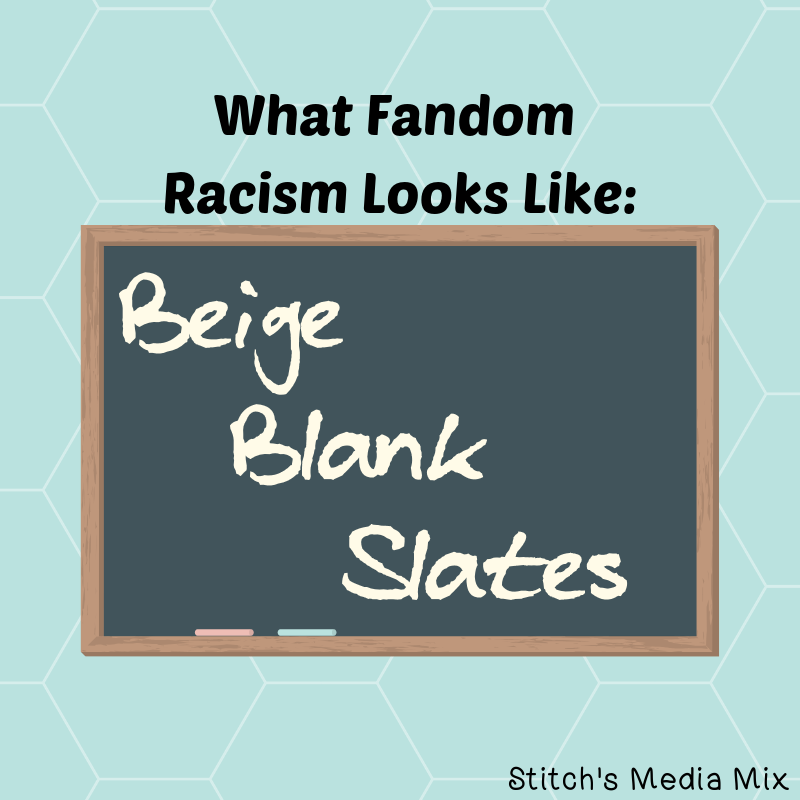I know “betrayal” is a strong word, but there’s no other term that captures the full effect of what queer fans feel as a result of queerbaiting. For many queer fans, queerbaiting removes the confidence they had that the media they were watching was made with them fully in mind. It reinforces that to studios (and some celebrities), queer fans are walking rainbow wallets to be discarded once empty. Part of why queer fans have gravitated to shows like Taika Waititi’s Our Flag Means Death or The CW’s Batwoman is because these shows don’t hold back the “good stuff.” In these series, queerness – especially as seen from characters and people of color – isn’t something we get hints of before it’s snatched from us. It’s part of the narrative and made stronger for it.
On Queerbaiting, Betrayal, and the Quest for Better Representation
I know people don’t always agree on what queerbaiting is or looks like. I get yelled at once or twice a year for disagreeing when I see people talking about queerbaiting in a fandom — even when I use coded names and don’t specify the fandom. There are thing I think are queerbaiting that’d get me labeled as Terminally Online TM and “reaching”. It’s not super easy to say “this is queerbaiting” sometimes, but that’s something that I’ve since learned… doesn’t matter? Because it’s not about our feelings as we watch other queer fans be like “wait but we’ve been waiting for this fir six years and it didn’t happen??”
Queerbaiting is one of those fandom things I’ve realized is like… confusing to people who aren’t affected or don’t see it (for whatever reason) but is frequently devastating to the people who put their time and energy into it. And yes it took me ages, but I learn nothing when I’m being yelled at by random people on the internet, so in moments of peace I sat, researched, and learned.
Also, semi-related but when Ruby Rose was cast as Batwoman Kate Kane initially, one of the wildest things was watching people (other queer people) say that Ruby Rose was queerbaiting. Ruby Rose, mind you, is gay as hell and has been from before I knew she existed. How could Ruby Rose, a real out queer person, queerbait?
To this day I don’t know the answer for that one.
Anyway, go share on twitter if you want! Please read the piece for sure!










You must be logged in to post a comment.